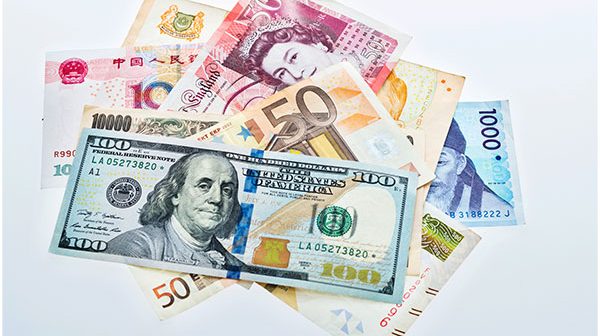The Indian forex derivatives market witnessed a notable week of mixed trends ending September 27, 2024, as market participants responded to multiple global and domestic cues. Key drivers included fluctuations in the U.S. dollar (USD), persistent inflationary pressures globally, and anticipation of future central bank actions, particularly by the Reserve Bank of India (RBI).
The U.S. Federal Reserve’s decision to pause rate hikes had a calming effect on the markets, but there was still volatility due to underlying concerns about a potential U.S. economic slowdown and its ripple effects on emerging markets, including India. The USD remained relatively stable against the Indian Rupee (INR), supported by steady U.S. bond yields and moderate risk sentiment globally. However, the INR weakened slightly due to domestic inflation worries and capital outflows.
The Reserve Bank of India (RBI) maintained a vigilant stance on speculative forex trading. Its regulatory framework for foreign exchange derivatives trading, especially exchange-traded currency derivatives (ETCDs), remained stringent, limiting speculative unhedged positions to manage risks better. This cautious approach was in response to ongoing global uncertainties, which impacted trading volumes and activity across currency derivatives platforms.
Key Figures for the Week
- The INR hovered around 83.20–83.50 per USD for most of the week, reflecting moderate depreciation against the dollar.
- Trading volumes in INR-USD derivatives contracts on the National Stock Exchange (NSE) saw a slight dip from the previous week, attributed to market apprehension over global economic conditions and regulatory measures.
- Other currency pairs such as EUR-INR and GBP-INR followed a similar subdued trajectory, with both the Euro and British Pound weakening against the INR due to sluggish European and UK economic data.
Anticipated Trends for the Week Starting September 30, 2024
As we move into the week starting September 30, 2024, several factors will shape the outlook for forex derivatives trading in India:
- Global Rate Expectations
Central banks globally, particularly in the U.S., Eurozone, and UK, are signaling the end of their aggressive rate hikes. If the U.S. Federal Reserve hints at potential rate cuts, this could lead to USD weakness, offering some relief to the INR. However, if inflation data from the U.S. or Europe remains stubborn, markets could face renewed volatility. - Regulatory Focus in India
RBI’s extended regulations on limiting unhedged currency derivative trades will continue to affect trading volumes. The restrictions, effective from early 2024, are expected to reduce speculative activity, especially from retail traders, who are more risk-averse under the new framework. - India’s Inflation Concerns
Domestic inflation will remain a key focus, particularly with the RBI’s Monetary Policy Committee set to meet soon. Any unexpected inflationary spikes could put further pressure on the INR, increasing demand for hedging through forex derivatives. - Capital Flows and Foreign Investment
Capital outflows, particularly from Foreign Portfolio Investors (FPIs), are expected to continue, albeit at a slower pace. The impact of these outflows could prompt increased use of derivatives as hedging tools, potentially boosting trading activity in the near term.
Conclusion
Overall, forex derivatives trading in India will remain driven by a complex interplay of global and domestic factors. Market participants are expected to tread cautiously in the upcoming week, with a focus on managing forex risks through appropriate hedging strategies rather than speculative trades. Traders should watch for any signals from the U.S. Federal Reserve and RBI as these will significantly influence INR-USD dynamics and, by extension, the broader forex derivatives market in India.






